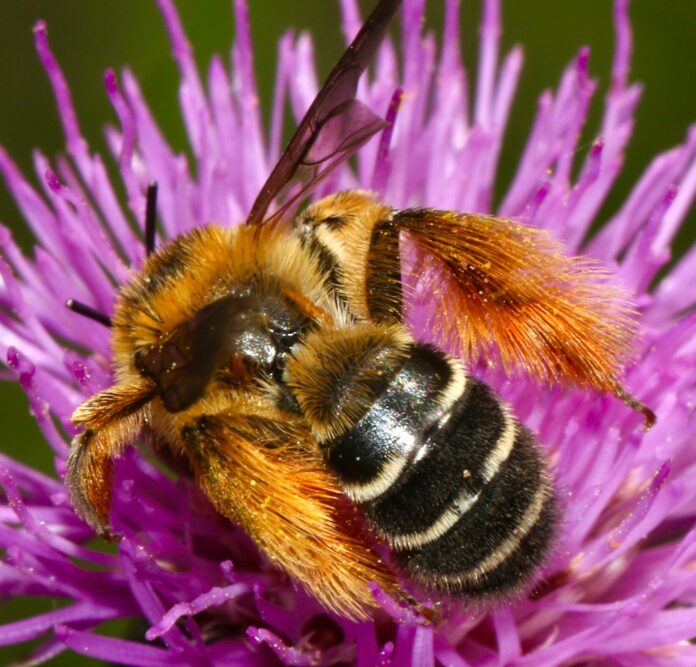Bees and wasps look strikingly similar at first, but they couldn’t be more different. One is a hard-working insect that is crucial for the ecosystem and gives us delicious honey, while the other one is an aggressive little thing that won’t hesitate to attack you. Let’s check out some other differences between the two.
Appearance
Both bees and wasps both have black and yellow stripes on their bodies. However, the body of a bee is usually slightly thicker and covered with hair that helps it catch more pollen. Wasps have slender bodies without any hair.
Sting
Bees will sting a human only when attacked and can only sting once. This is because they usually have a barbed sting that gets caught in the human skin and gets pulled off when they try to escape, at which point they die. Wasps, on the other hand, might sting humans as soon as they notice them and can do it multiple times because of a smooth sting that doesn’t get stuck.
Diet
Bees only feed on pollen and nectar. Wasps, on the other hand, feed on sugars from whatever source they can. Sometimes, it is flower nectar and honeydew, and other times, it is your sweet drink of ice cream. On top of that, they also feed on larvae of other insects.
Honey Production
Out of 20,000 species of bees, around 800 of them produce honey. On the other hand, there are thousands of wasps, 17 of which can produce honey. But while bees produce an abundance of honey, wasps make small amounts that are only sufficient for their needs.













